





 |
 |
 |
 |
 |
 |
| Jean-Marc MICHEL | profile | all galleries >> Indonesia >> Komodo Island >> Komodo National Park | tree view | thumbnails | slideshow |
| previous page | pages 1 2 3 4 5 6 7 8 ALL | next page |
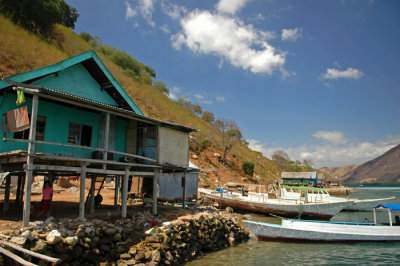 DSC_0003.JPG |
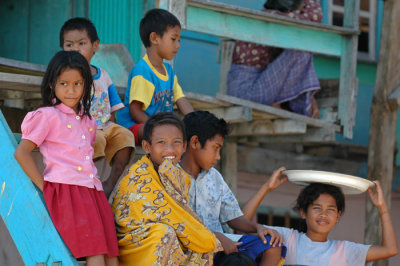 DSC_0019.JPG |
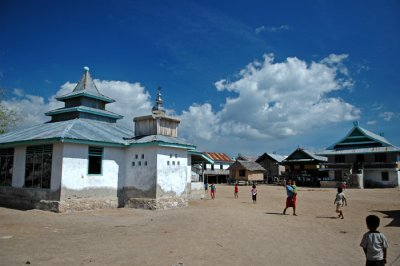 DSC_0059.JPG |
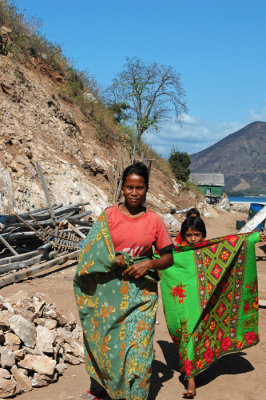 DSC_0089.JPG |
 DSC_0053.JPG |
 DSC_0220.JPG |
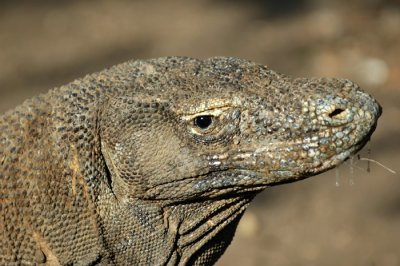 DSC_0065.JPG |
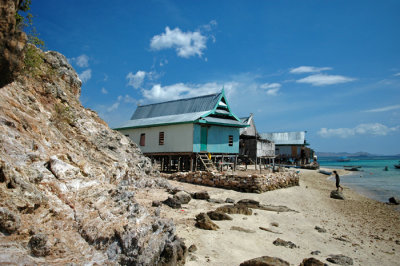 DSC_0068.JPG |
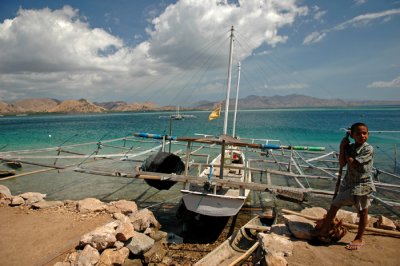 DSC_0052.JPG |
 DSC_0196.JPG |
 DSC_0073.JPG |
 DSC_0033.JPG |
| previous page | pages 1 2 3 4 5 6 7 8 ALL | next page |
| comment | share |
| Guest | 05-Oct-2011 21:25 | |
| abhishek kumar chakraborty | 15-Jan-2008 14:45 | |